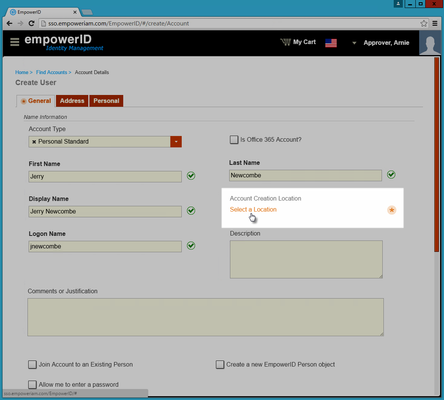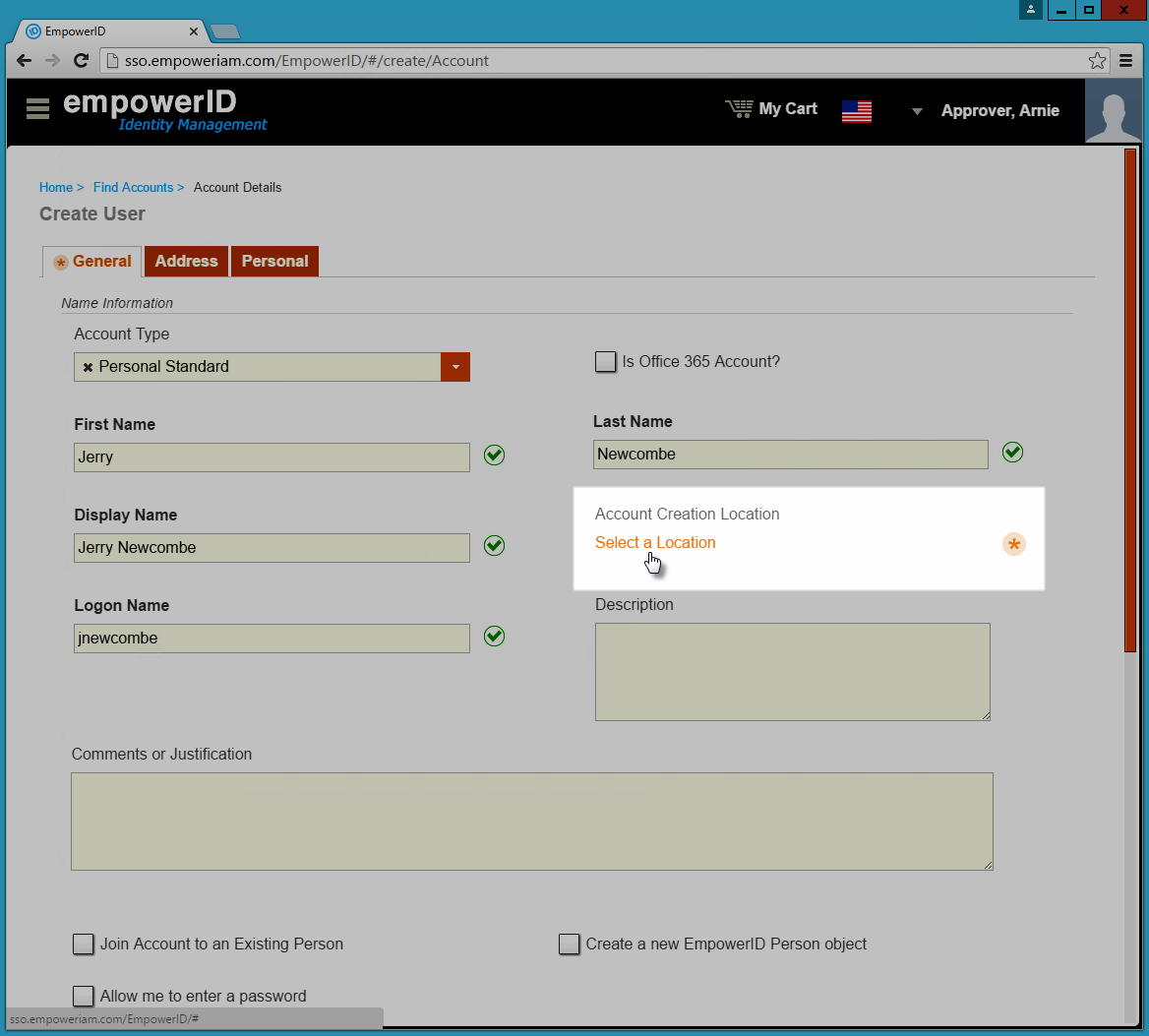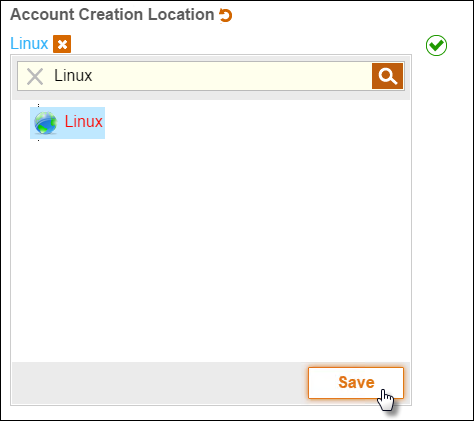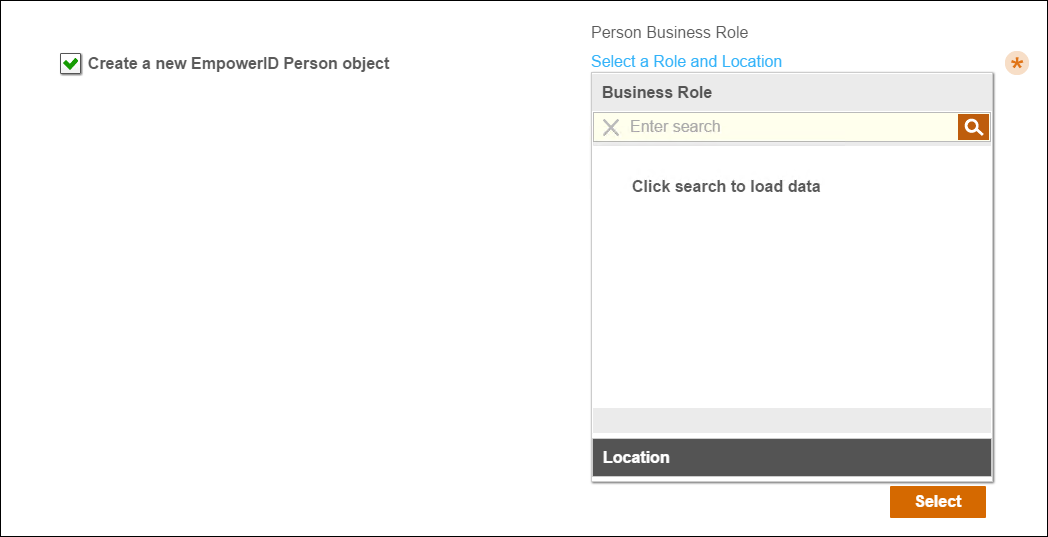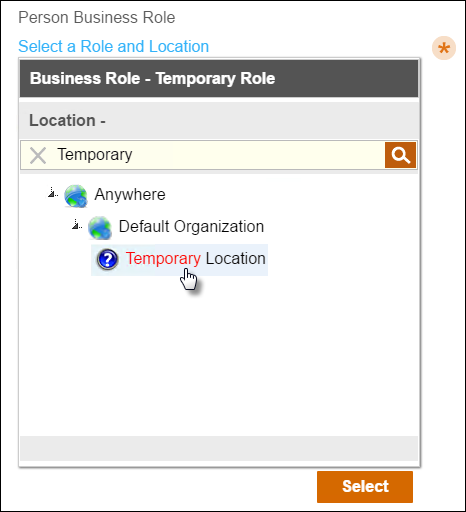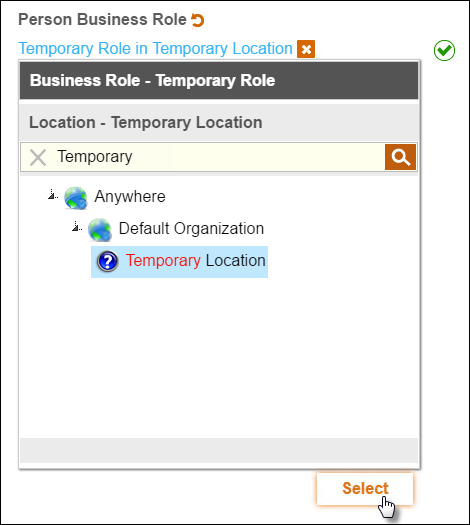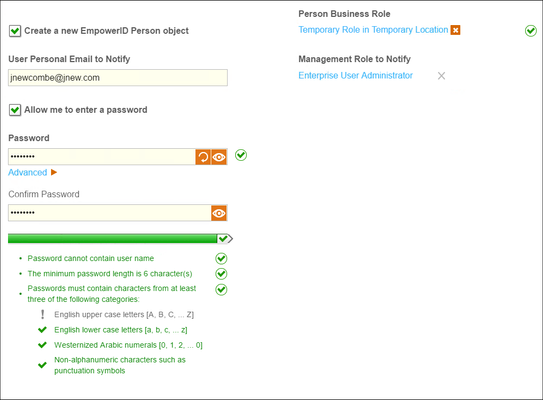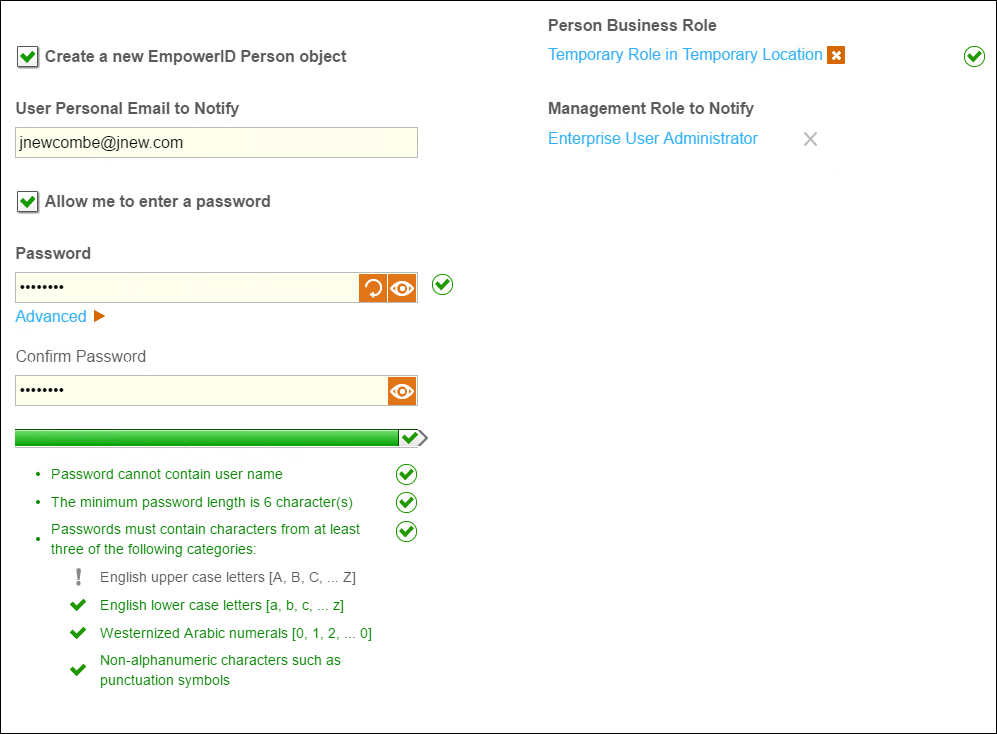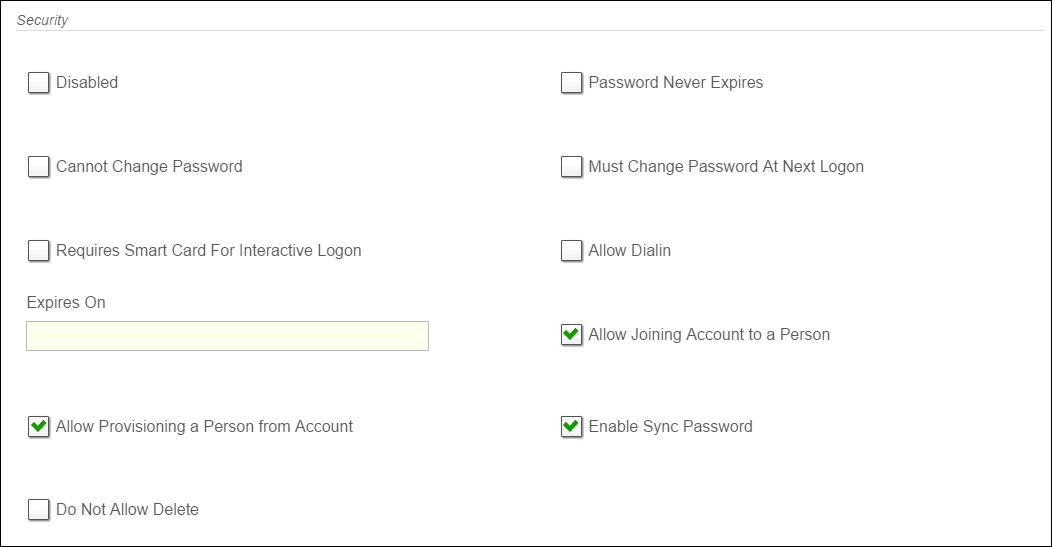Home / Identity Administration / User Accounts and Groups / Linux / Current: Creating Linux Users
When you connect EmpowerID to a Linux system, EmpowerID creates an account store object in the EmpowerID Identity Warehouse with a unique Account Store ID for that connected system. This Account Store ID is bound to each of the Linux accounts that EmpowerID inventories from that account store, as well as to any new Linux accounts you create in EmpowerID for that account store.
In this way, Linux user accounts are differentiated from any user accounts you may have in other connected user directory systems. This allows you to fully manage your Linux users without affecting the user accounts contained in other systems.
This topic demonstrates this by showing you how to create new Linux user accounts for a connected Linux system in EmpowerID.
| Style | ||
|---|---|---|
| ||
| Info | ||
|---|---|---|
| ||
EmpowerID must be connected to a Linux system. For more information, see Connecting to Linux. |
To create a new Linux user account
- In the Navigation Sidebar, expand Identities and click User Accounts.
- From the Actions pane of the User Management page, click the Create User (Person Optional) action.
This directs you to the Create User form's General tab. - From the General tab, select Personal Standard from the Account Type drop-down.
- Type names for the user account in the First Name, Last Name, Display Name and Logon Name fields.
- Click the Select a Location link below Account Creation Location.
- In the Location Selector that appears, search for the Linux account store you created in EmpowerID, click the node for it to select it and then click Save.
- Type a description in the Description field.
Optional: Enter a comment in the Comments or Justification field.
Optional: To join the Linux account to an existing EmpowerID Person, select Join Account to an Existing Person and type the name of the person in the Account Owner field that appears, clicking the tile to select the person.
Optional: To create a new EmpowerID Person for the Linux account, select Create a new EmpowerID Person object and do the following:
- Below Person Business Role, click Select a Role and Location.
- Type the name of the Business Role for new person in the Business Role field and then click the node for that role to select it.
- Click the Location tab.
- Type the name of the Location for new person in the Business Role field and then click the node for that role to select it.
- Click Select to select the role and location combination and close the Role and Location Selector.
- If available, type the personal email address for the person in the User Personal Email to Notify field. EmpowerID will send a welcome message to the person using the specified email address.
- To notify a specific Management Role of the new person being created, type the name of the role in the Management Role to Notify field and then click the tile for that role to select it.
- To set the initial password for the EmpowerID person, select Allow me to enter a password and then type the password in the Password and Confirm Password fields.
- Below Person Business Role, click Select a Role and Location.
- In the Security section of the form, select each applicable option. For example, to allow a person to be provisioned from the account select Allow Provisioning a Person from Account.
- When ready to create the user account and (optionally) a person from the account, click Save.
When the operation is complete, the View page for the account appears. This page allows you to view and manage the account from EmpowerID.
Also verify that you see the account in your Linux system.


